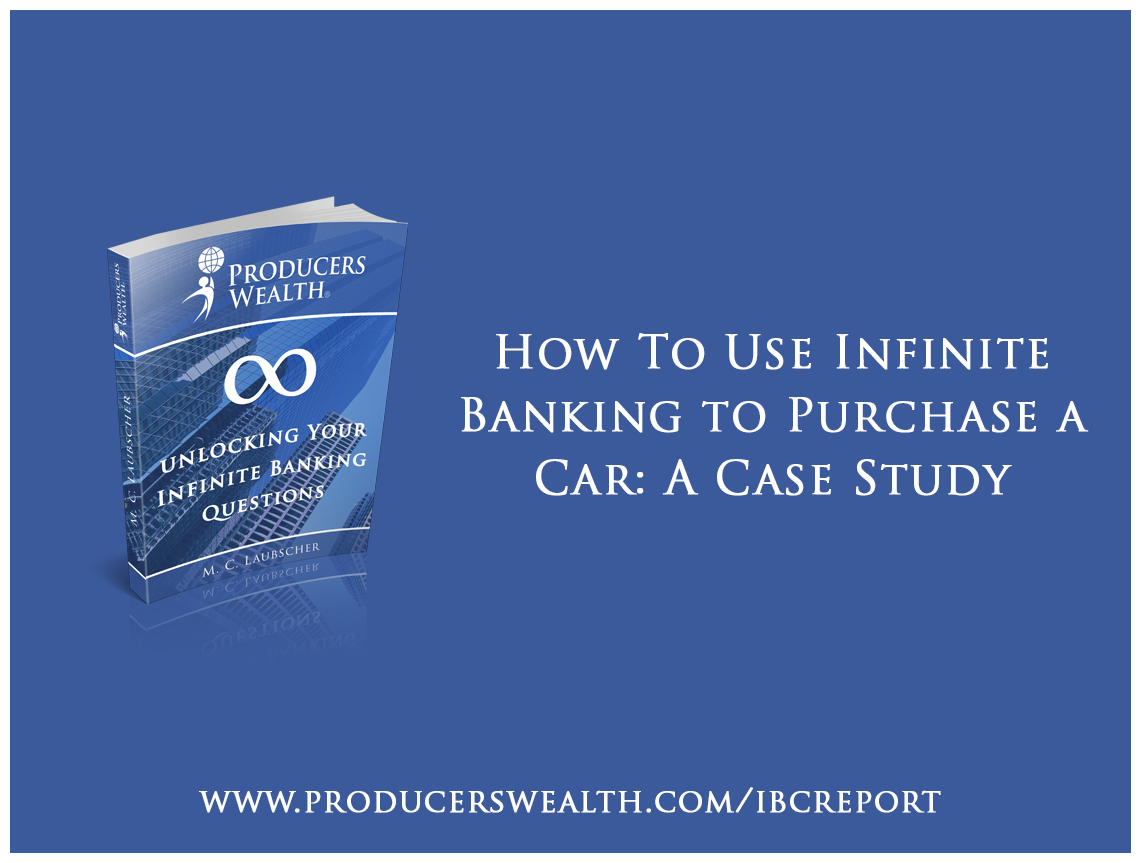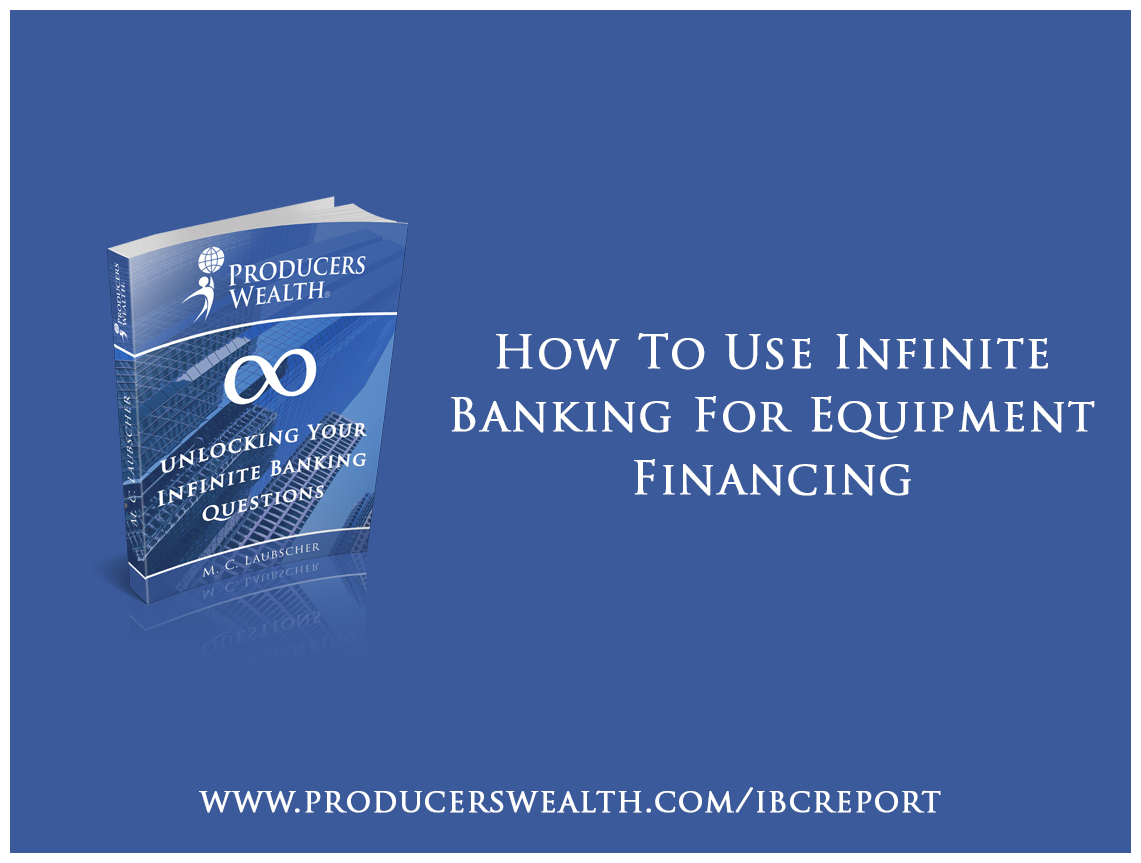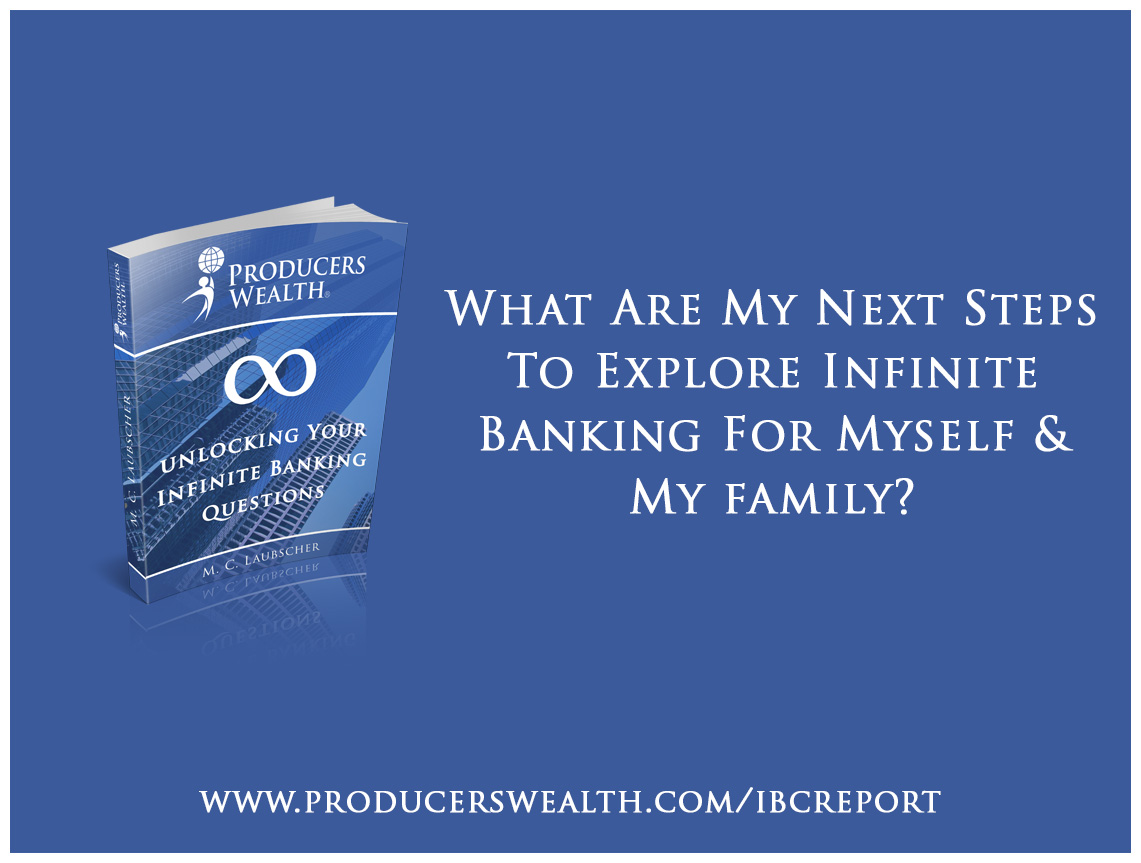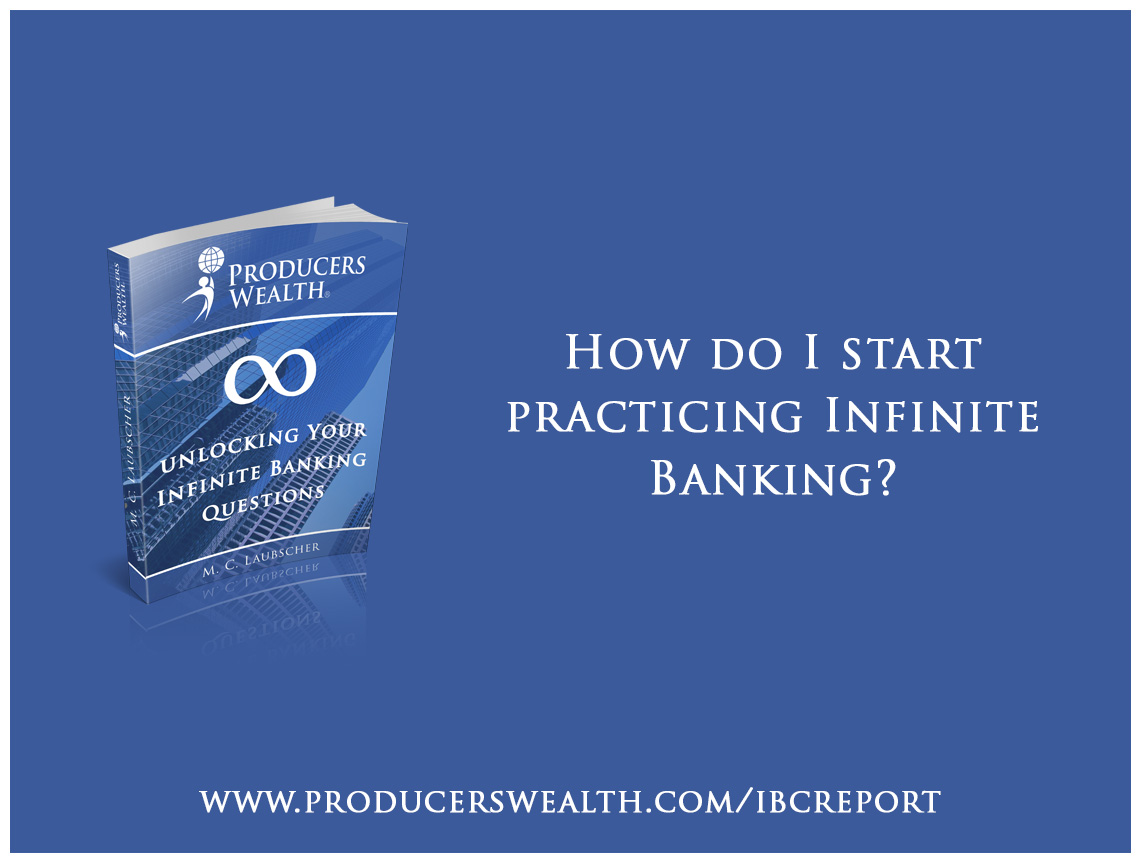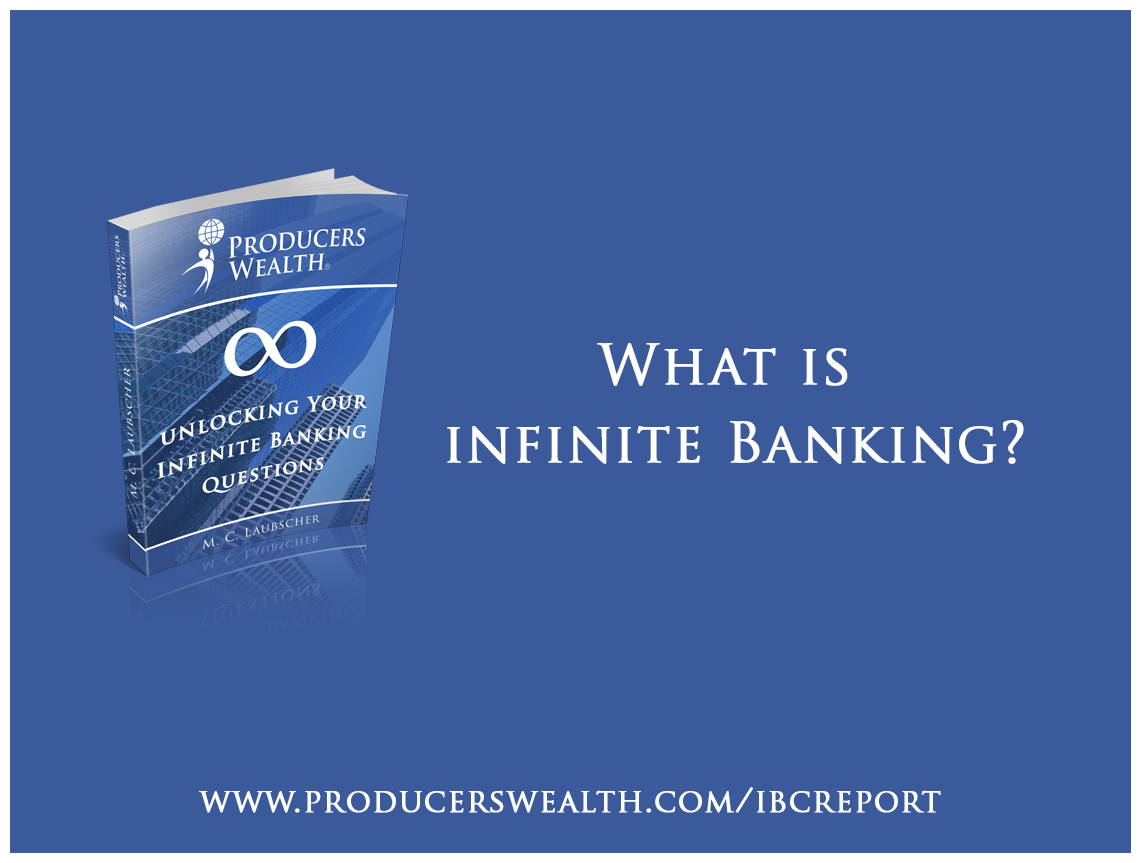
Infinite Banking is a financial strategy that has gained significant attention over the past few years. It’s a unique approach to managing personal finances, allowing individuals to take control of their money and create a self-sustaining banking system.
Infinite Banking, also known as the Infinite Banking Concept (IBC) or the Bank on Yourself strategy, is a financial strategy that involves using dividend-paying whole life insurance policies to create a personal banking system.
By leveraging the cash value component of a whole life insurance policy, policyholders can essentially “become their own bank,” borrowing against the cash value to finance various expenses and investments.
The concept was popularized by R. Nelson Nash, who authored the book “Becoming Your Own Banker.”
The idea is that, instead of relying on traditional banks and financial institutions for loans and credit, individuals can create a private, tax-advantaged financial system using their life insurance policy’s cash value.
This allows for greater control over personal finances, potential tax benefits, and flexibility in managing expenses and investments.
The infinite Banking Concept strategy utilizes life insurance and more specifically a dividend paying whole life insurance policy structured correctly with a mutual life insurance carrier.
To understand the Infinite Banking. Concept strategy, it is therefore important to provide an overview on life insurance as it is a very misunderstood asset class.
Life insurance is a critical part of financial planning that provides many benefits.
It comes in many shapes and sizes, with the most common types being term life, whole life, and universal life insurance.
Each of these types has unique features, benefits, and drawbacks that make them suitable for different individuals and circumstances. Let’s explore what each type is and how they differ.
Term Life Insurance
Term life insurance, as its name suggests, covers a specific period, or term, typically between 10 to 30 years. It is the simplest and often the most affordable type of life insurance. If the policyholder passes away within the term, the insurance company will pay out the death benefit to the designated beneficiaries.
However, if the policyholder outlives the term, no benefit is paid out, and the policy expires. Some term life policies can be renewed or converted into a permanent policy at the end of the term, but the premiums generally increase upon renewal due to age.
Whole Life Insurance
Whole life insurance is a type of permanent life insurance that provides coverage for the policyholder’s entire life. Unlike term life insurance, it includes a cash value component that grows over time on a tax-deferred basis. The policyholder can borrow against the cash value or surrender the policy for the cash. However, it’s important to remember that any outstanding loans taken against the policy will reduce the death benefit.
Whole life insurance is typically more expensive than term insurance because it lasts a lifetime and builds cash value. It also offers predictable premiums, meaning the cost will not increase over time, providing a level of certainty for policyholders.
Universal Life Insurance
Universal life insurance is another type of permanent life insurance that also has a cash value component. However, it offers more flexibility than whole life insurance. The policyholder can adjust the premiums and death benefit (within certain limits) to accommodate their changing needs and circumstances. The cash value for a universal life policy also has the potential for higher growth since it can be tied to a market index.
Despite its flexibility, universal life insurance can be more complex and risky compared to whole life. The cash value’s growth is not guaranteed, and poor market performance could lead to increasing premiums or even policy lapse if not adequately managed.
The Differences
The main differences between term, whole, and universal life insurance lie in the duration of coverage, cash value accumulation, premium flexibility, and cost.
Duration of Coverage: Term life insurance covers a specific period, while whole and universal life insurance provide lifetime coverage.
Cash Value: Term life insurance does not have a cash value component, while both whole and universal life do. Whole life insurance has a guaranteed cash value growth, while universal life insurance’s cash value growth can fluctuate based on market performance.
Premium Flexibility: Whole life insurance has fixed premiums, term life insurance’s premiums increase upon renewal, and universal life insurance allows for adjustable premiums.
Cost: Term life insurance tends to be the most affordable option, while whole life and universal life insurance are typically more expensive due to their cash value component and lifelong coverage.
The Infinite Banking Concept strategy utilizes whole life insurance which is often misunderstood due to a combination of factors, including its complexity, misconceptions, and conflicting opinions among financial professionals.
Some reasons for the misunderstandings are:
Complexity: Whole life insurance policies have more intricate features compared to term life insurance, such as cash value accumulation, dividends, and policy loans. These features can be challenging to understand for those without a background in insurance or personal finance, leading to confusion and misconceptions.
Misconceptions: There are several common misconceptions about whole life insurance, such as the belief that it’s always more expensive than term insurance, or that it’s only suitable for the wealthy. These misconceptions can contribute to a lack of understanding of the true benefits and potential applications of whole life insurance.
Conflicting opinions: Financial professionals often have differing opinions on whole life insurance, with some advocating for its use in certain situations, while others may advise against it in favor of other investment vehicles. These conflicting opinions can make it difficult for consumers to form a clear understanding of whole life insurance and determine whether it’s appropriate for their needs.
Limited financial education: Many people lack a comprehensive understanding of personal finance and insurance concepts, making it challenging to grasp the nuances of whole life insurance. Limited financial education can contribute to misunderstandings and misguided perceptions of whole life insurance.
Ineffective communication: Insurance agents and financial professionals may not always effectively communicate the benefits and features of whole life insurance to clients, leading to confusion and misunderstandings. Clients may also be hesitant to ask questions or seek clarification when they don’t understand a concept.
Bias and misinformation: Some people may have had negative experiences with whole life insurance or heard stories from others who have. These experiences and anecdotal information can contribute to a biased view of whole life insurance and perpetuate misunderstandings.
The Infinite Banking Concept strategy can only be implemented and executed with a dividend paying whole life insurance policy with a mutual insurance company.
To fully comprehend the Infinite Banking Concept, it’s essential to understand the basics of whole life insurance.
Whole life insurance is a type of permanent life insurance that provides coverage for the insured’s entire life, as long as the premiums are paid. Whole life policies have two main components: a death benefit and a cash value.
The death benefit is the amount of money paid out to beneficiaries upon the insured’s death, while the cash value is a savings component that grows over time.
The cash value growth is typically guaranteed, accumulating at a predetermined interest rate set by the insurance company, and can also benefit from non-guaranteed dividends paid by the insurance company.
Warehousing capital in a dividend-paying whole life insurance policy with a mutual insurance company offers several benefits. These advantages stem from the unique features of whole life insurance policies, particularly those issued by mutual insurance companies.
Some of these benefits include:
Guaranteed cash value growth: Whole life insurance policies provide guaranteed growth of the cash value, offering a stable and predictable way to accumulate wealth. This can be particularly beneficial during times of economic uncertainty or volatile market conditions.
Dividend payments: Mutual insurance companies are owned by their policyholders, and as a result, they may distribute profits to policyholders in the form of dividends. While dividends are not guaranteed, they can help enhance the cash value growth of your policy, increasing the overall return on your capital.
Tax advantages: The growth of cash value within a whole life insurance policy is tax-deferred, meaning you don’t pay taxes on the growth until you withdraw the funds. Moreover, policy loans taken from the cash value are generally tax-free, as long as the policy remains in force. This can provide significant tax benefits compared to other forms of savings and investments.
Liquidity: The cash value of a whole life insurance policy is highly liquid, allowing you to access funds easily when needed. This can be especially valuable in emergencies or unexpected financial situations.
Asset protection: In many states, the cash value of a life insurance policy is protected from creditors and lawsuits. This provides an added layer of financial security and peace of mind.
Collateral for loans: The cash value in a whole life insurance policy can be used as collateral for loans, providing you with additional borrowing options and flexibility in managing your finances.
Death benefit: In addition to the benefits of accumulating cash value, a whole life insurance policy also provides a death benefit to your beneficiaries upon your passing. This ensures that your loved ones are financially protected in the event of your death.
Long-term financial strategy: Warehousing capital in a dividend-paying whole life insurance policy with a mutual insurance company is a long-term financial strategy designed to help you accumulate wealth and achieve financial independence. By consistently contributing to your policy and leveraging the cash value, you can create a sustainable and efficient financial system that serves you throughout your life.
In the Infinite Banking Concept strategy you set up a properly structure dividend paying whole life policy. with a mutual insurance company and fund the policy premiums.
The policy will have immediate cash value that can be placed as collateral 30 days after funding the life insurance policy for a revolving line of credit. You will be able to access through the revolving. line of credit up to 95% of the available cash value and use the liquidity to fund an investment that provides income (cash flow), tax benefits, the opportunity for appreciation and leverage of other peoples skill sets, capabilities, networks and capital.
The income (cash flow) from the investment is used to pay down the revolving line of credit along with other savings in the personal, business and investing economy of the policyholder.
Utilizing the strategy in this manner the policyholder has a dividend paying whole life insurance policy with a mutual life insurance carrier that has capital in the policy that is guaranteed, guaranteed to grow tax free and receives tax free dividends, with a death benefit that would be paid tax free upon the policy holders death.
The policy holder was also able to access the capital tax free through a revolving. line of credit to then use to buy an investment that provides income (cash flow), tax benefits, the opportunity for appreciation and leverage of other peoples skill sets, capabilities, networks and capital.
In this example of implementing and executing the Infinite Banking Concept strategy your capital was put to work and the same pool of capital was put to work in many places simultaneously.
You can download the full report “Unlocking Your Infinite Banking Questions” here.
You can watch all of our educational videos on Infinite Banking here.
